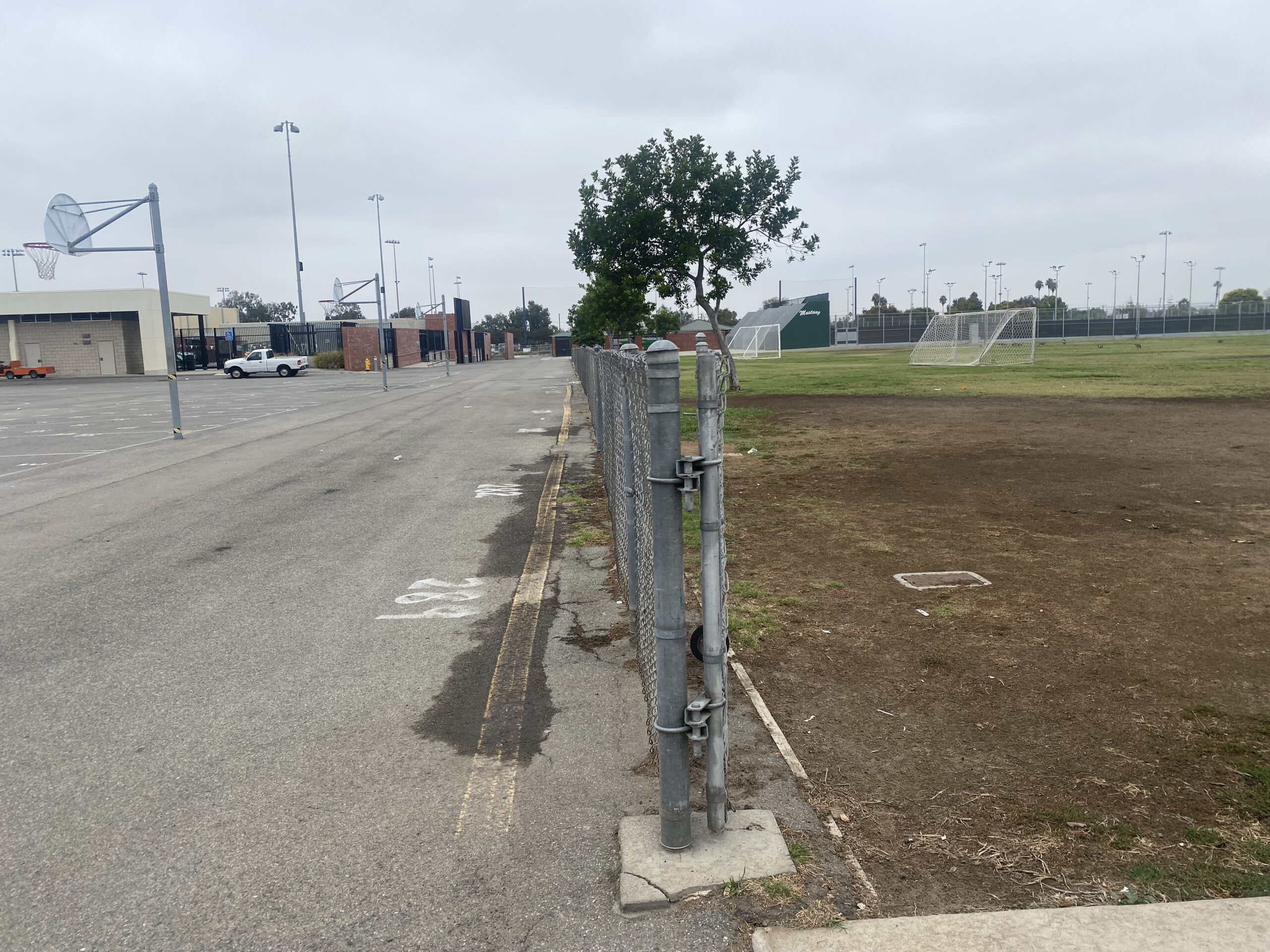Food waste is a worldwide problem. Countries around the world struggle with how to diminish this issue, but overall, the US, seems to have a harder time than other countries when it comes to dealing with it.
As of 2023, the USA ranks third in the world for the most food wasteful countries, right behind China and India, who have a combined 152 million tons of food waste. Countries like India and China have populations of over 1.4 billion people, so the struggle to cut down food waste can be seen as a more understandable issue, though the same excuse of excessive population cannot be used for the US.
As a country, we waste over 119 billion pounds (59.5 million tons) of food each year, with an average of 325 pounds (0.15 ton) per person. That’s almost 40% of the US food supply.
Food waste not only negatively impacts our environment, but it also weakens our economy. We lose over 200 billion dollars per year solely on wasted foods.
The problem is only continuing to grow, and numbers are only continuing to climb. In 2015, the US averaged at around 27 million tons of food waste each year. That alone is a 71.6 billion pound increase by 2023. People are trying to retract these numbers as best as they can. California enacts recycling mandates in hopes to cut down the percentage of food waste emitted within the state by 75% by 2025, and organizations like Feeding America are using food recovery services to collect high quality food that would otherwise go discarded, and redistributing it to people facing hunger. Although these gestures are helpful, we won’t progress any further if more people do not hop on the wagon of committing to less wasteful lifestyles.
Over one third of all food produced for human consumption ends up wasted, and this not only adds on to the rates of food waste, but it also wastes all the water and energy it took to produce those foods.
Additionally, food waste contributes to global warming. Foods that sit and rot in landfills never return its nutrients to the soil, so the rotting of the foods produce large amounts of methane, a greenhouse gas that is almost 25 times as powerful as carbon dioxide, trapping even more heat into the atmosphere.
The same food that sits decaying in those landfills also promote nitrogen pollution, due to ammonification. Nitrogen pollution can create unwanted algae blooms and dead zones within any bodies of water, and the side effects can be extremely harmful to wildlife environments by blocking the sunlight needed for aquatic plants to thrive, as well as cutting down oxygen levels in the water.
Everything is a chain reaction. What affects one environment, will end up effecting all of them, and that is why staying conscious and mindful about the food we waste and the impact we have on our environment, though it may seem like a small gesture, could make a big impact on our planet and lead us all to brighter and greener futures. Food waste is one of America’s greatest problems, and the issue, demands our collective attention in putting a stop to it. The time to act is now.



